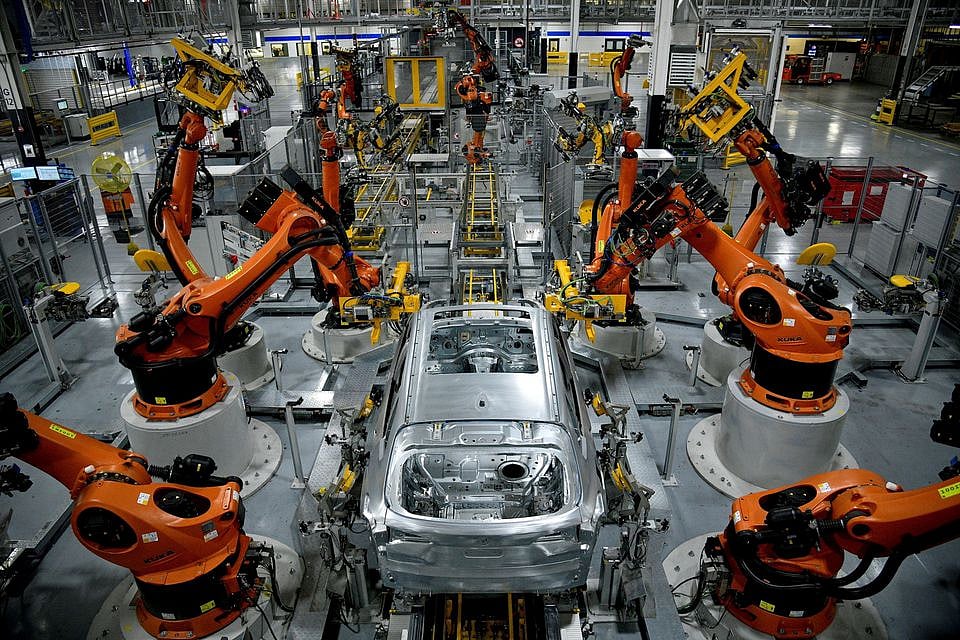US manufacturing growth slows in June: survey

American manufacturing growth slowed in June as new orders contracted, even though price increases showed signs of slowing, according to an industry survey released Friday.
The Institute for Supply Management said its manufacturing index fell to 53 per cent from 56.1 per cent in May, showing growth slowed significantly even though it stayed above the 50-per cent threshold indicating expansion for the 25th consecutive month.
That was the lowest level for the index since June 2020 during the pandemic downturn.
Prices showed signs of easing, but the drop in the overall index reflected new orders entering contraction territory, falling a whopping 5.9 points to 49.2 per cent, the report said.
"The US manufacturing sector continues to be powered -- though less so in June -- by demand while held back by supply chain constraints," ISM manufacturing survey chair Timothy Fiore said.
"Sentiment remained optimistic regarding demand."
Employment contracted further, dropping 2.3 points to 47.3, but Fiore said respondents indicated they are having better luck addressing the worker shortage.
Still, problems with supplier deliveries, inventories and imports "continued to constrain production expansion but to a lesser extent compared to May."
Draconian Covid-19 regulations in China and Russia's war in Ukraine have been exacerbating shortages experienced in recent months of the pandemic recovery, fueling the global inflation surge.
However, the ISM survey showed the prices index fell for the third straight month to a still-high 78.5 per cent in a sign pressures may be easing as the Federal Reserve raises interest rates aggressively to tamp down inflation.
The prices index has been above 70 per cent in 18 of the past 19 months.
But Fiore cautioned that supply chain issues and "instability in global energy markets" were weighing on manufacturers.
Comments from company officials reflected the concerns.
"Backlog is high, but incoming orders slowing this month," one Computer & Electronic Products executive said.
An Electrical Equipment, Appliances & Components executive said that "orders and production continue to be strong, but material availability is holding us back."
Oren Klachkin of Oxford Economics was optimistic the supply chain snarls would begin to ease as high interest rates around the world drive down demand.
But "US manufacturers will face less rosy economic backdrop in the second half of 2022," he warned.
"Normalizing spending patterns will soften goods demand, high inflation and interest rates will cause demand destruction and the stronger dollar will erode US competitiveness," he said in an analysis of the data.